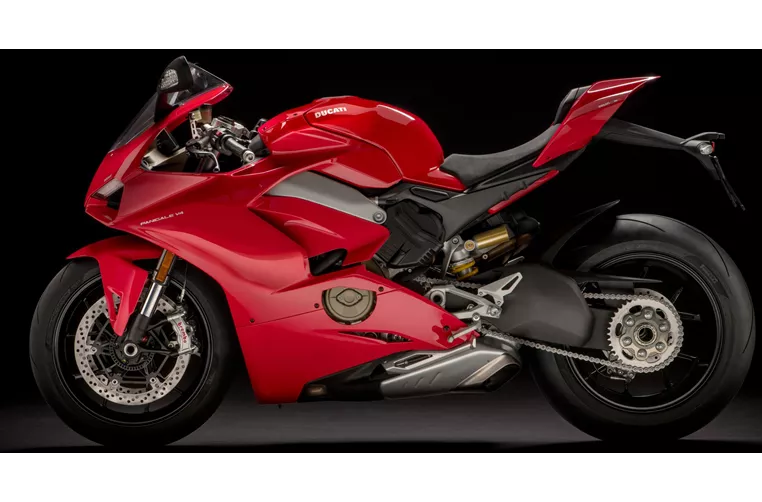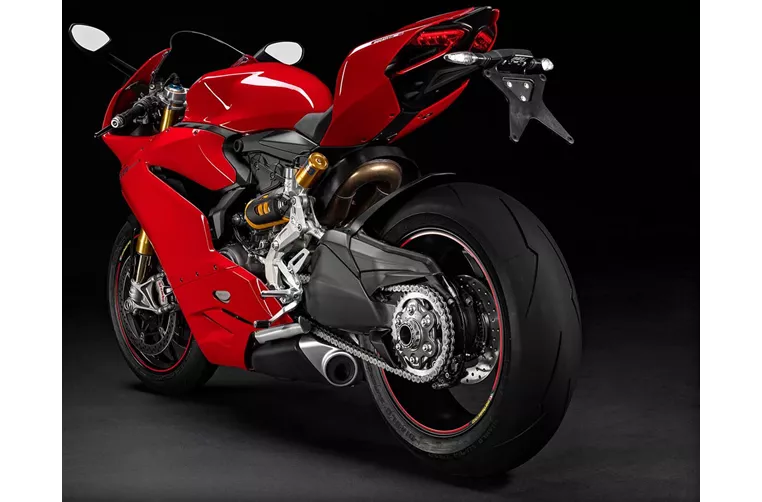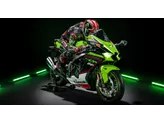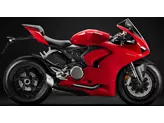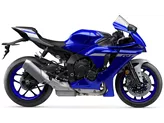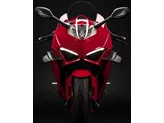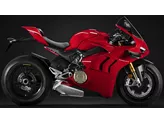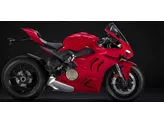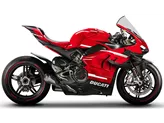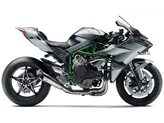Ducati Panigale V4 2018 vs. Ducati 1299 Panigale S 2016

Ducati Panigale V4 2018
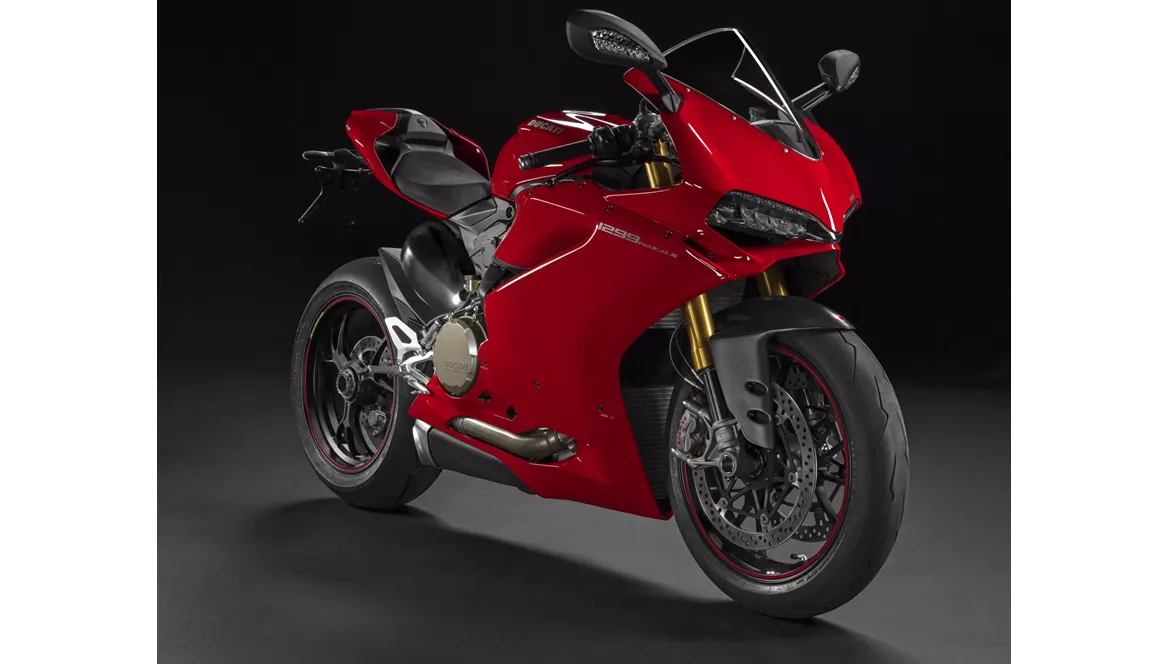
Ducati 1299 Panigale S 2016
Vue d’ensemble - Ducati Panigale V4 2018 vs Ducati 1299 Panigale S 2016
The Ducati Panigale V4 2018 and the Ducati 1299 Panigale S 2016 are both powerful and high-performance supersport motorcycles. However, there are some notable differences between the two models.
In terms of engine specifications, the Panigale V4 features an 1103cc engine with a bore of 81mm and a stroke of 53.5mm. It produces an impressive 214 horsepower and 124 Nm of torque, with a compression ratio of 14. On the other hand, the 1299 Panigale S has a larger 1285cc engine with a bore of 116mm and a stroke of 60.8mm. It delivers 205 horsepower and 144.6 Nm of torque, with a compression ratio of 12.6.
Both motorcycles have upside-down telescopic fork front suspension, but the Panigale V4 uses a Big Piston technology from Showa, while the 1299 Panigale S utilizes TiN-coating technology from Öhlins. The rear suspension on both models is a single swing arm, with the Panigale V4 using Sachs brand and the 1299 Panigale S using Öhlins brand. Both suspensions offer adjustments for compression, preload, and rebound.
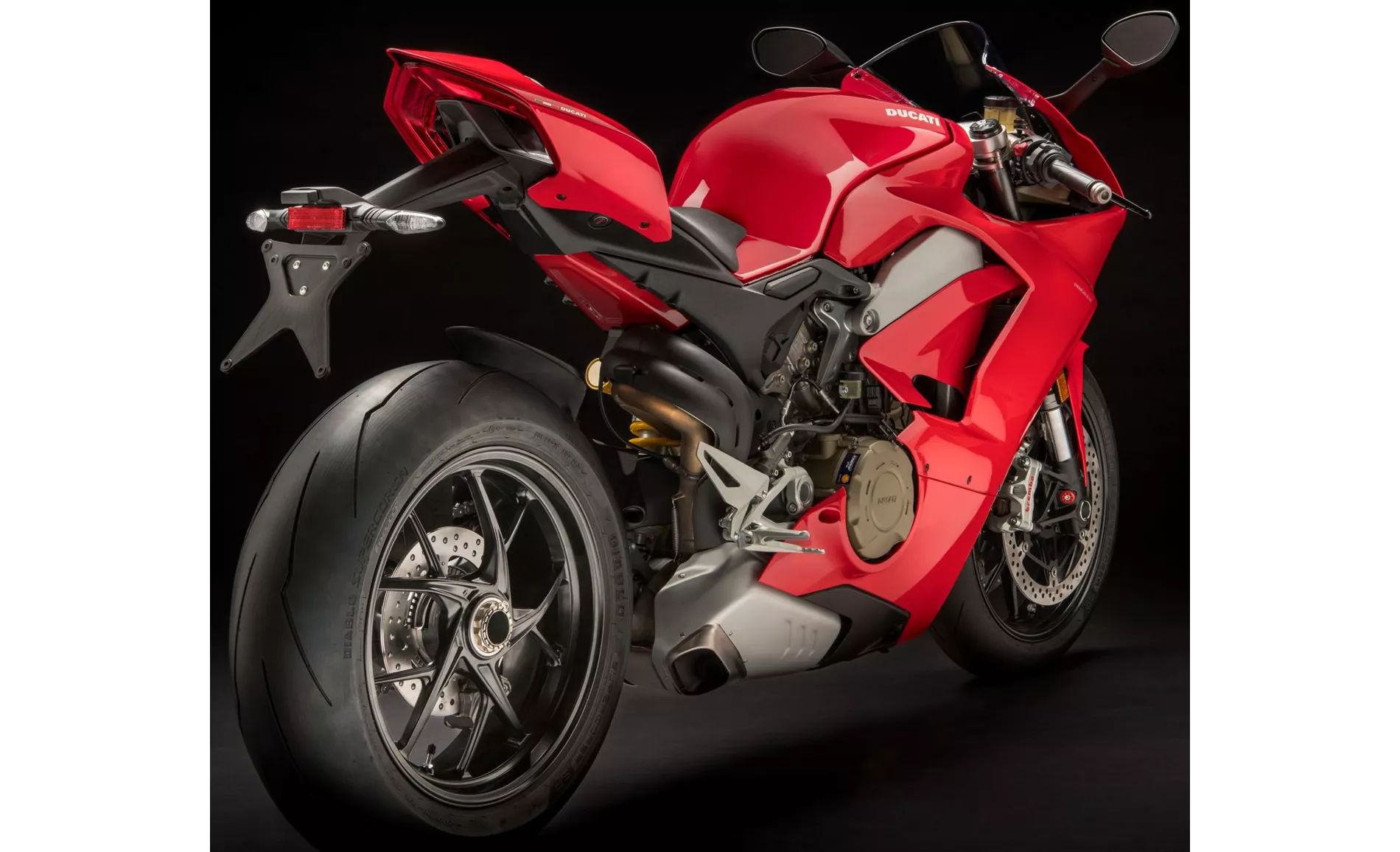
Ducati Panigale V4 2018
In terms of chassis, both models feature an aluminum frame with a monocoque design. This provides a strong and lightweight structure for optimal performance and handling.
Both motorcycles are equipped with double disk front brakes with radial, monoblock technology from Brembo. This ensures excellent braking performance and control.
In terms of dimensions and weights, the Panigale V4 has a slightly longer wheelbase of 1469mm compared to the 1437mm of the 1299 Panigale S. Both models have a seat height of 830mm. The Panigale V4 has a dry weight of 175kg and a kerb weight of 198kg (with ABS), while the 1299 Panigale S has a dry weight of 166.5kg and a kerb weight of 190.5kg (with ABS). The fuel tank capacity of the Panigale V4 is 16 liters, while the 1299 Panigale S has a slightly larger capacity of 17 liters.
In terms of strengths, the Panigale V4 is praised for its powerful engine with great manners and charisma. It offers a pleasant upper body position compared to other supersport bikes and has a sufficiently dimensioned chassis for country roads. The sound of the engine is powerful but not intrusive, and it provides good wind protection.
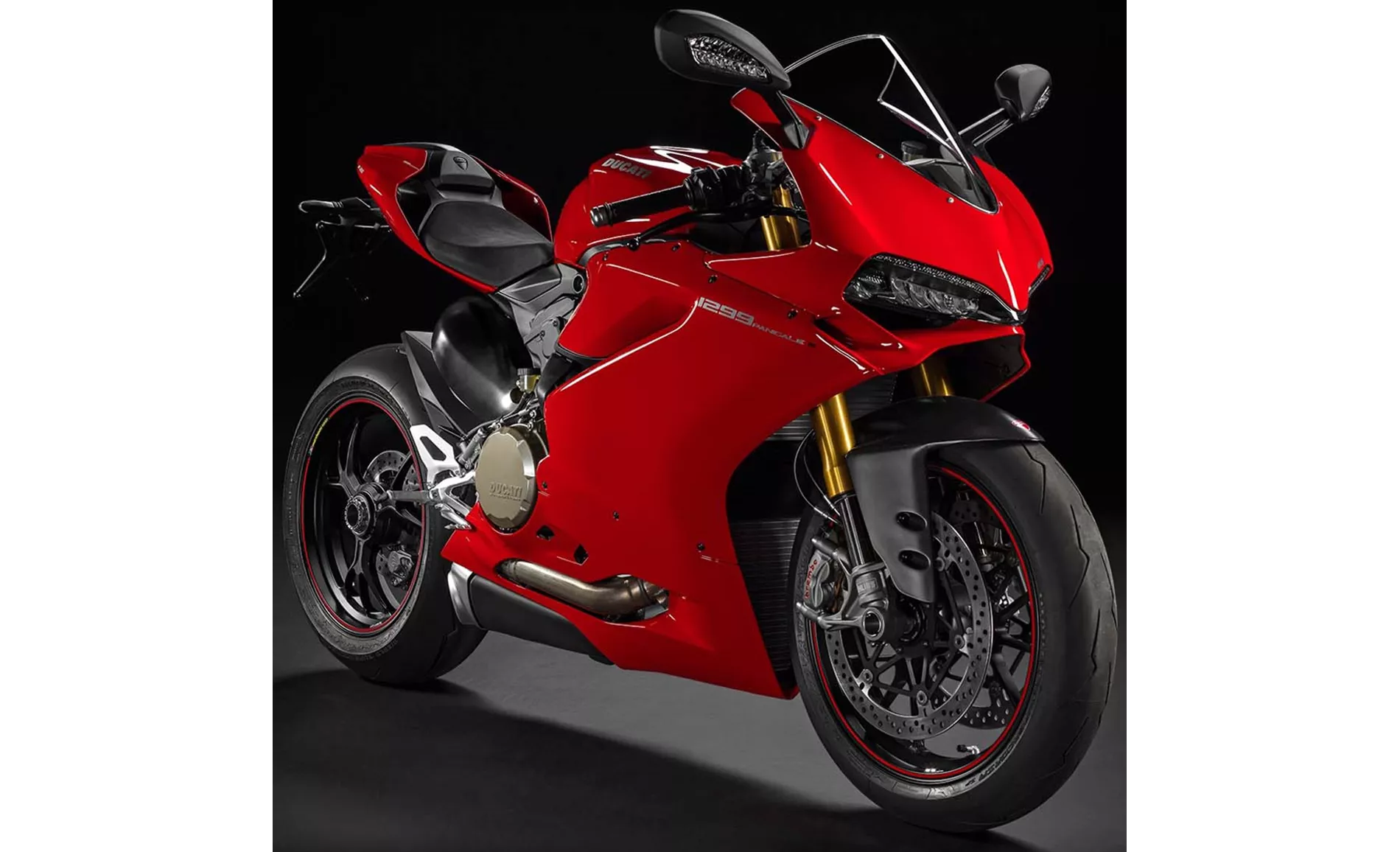
Ducati 1299 Panigale S 2016
The strengths of the 1299 Panigale S include its great electronics package and shift assistant, as well as its visually stunning appearance. It is known for being incredibly fast in the hands of expert riders.
However, there are also some weaknesses to consider. The Panigale V4 tends to have a warm seat, especially in city traffic, and the engine and clutch can feel a bit rough in tight hairpin bends. On the other hand, the 1299 Panigale S can be exhausting on corner exits, has a narrow rev band, and emits strong heat radiation to the rear end.
In conclusion, both the Ducati Panigale V4 2018 and the Ducati 1299 Panigale S 2016 are exceptional motorcycles with their own strengths and weaknesses. The Panigale V4 offers a more powerful engine and a slightly larger fuel tank capacity, while the 1299 Panigale S has a visually striking design and a slightly lighter weight. Ultimately, the choice between the two models will depend on the rider's preferences and priorities.
Caractéristiques techniques Ducati Panigale V4 2018 par rapport à Ducati 1299 Panigale S 2016
Avantages et inconvénients en comparaison
Avantages et inconvénients en comparaison
Ducati Panigale V4 2018
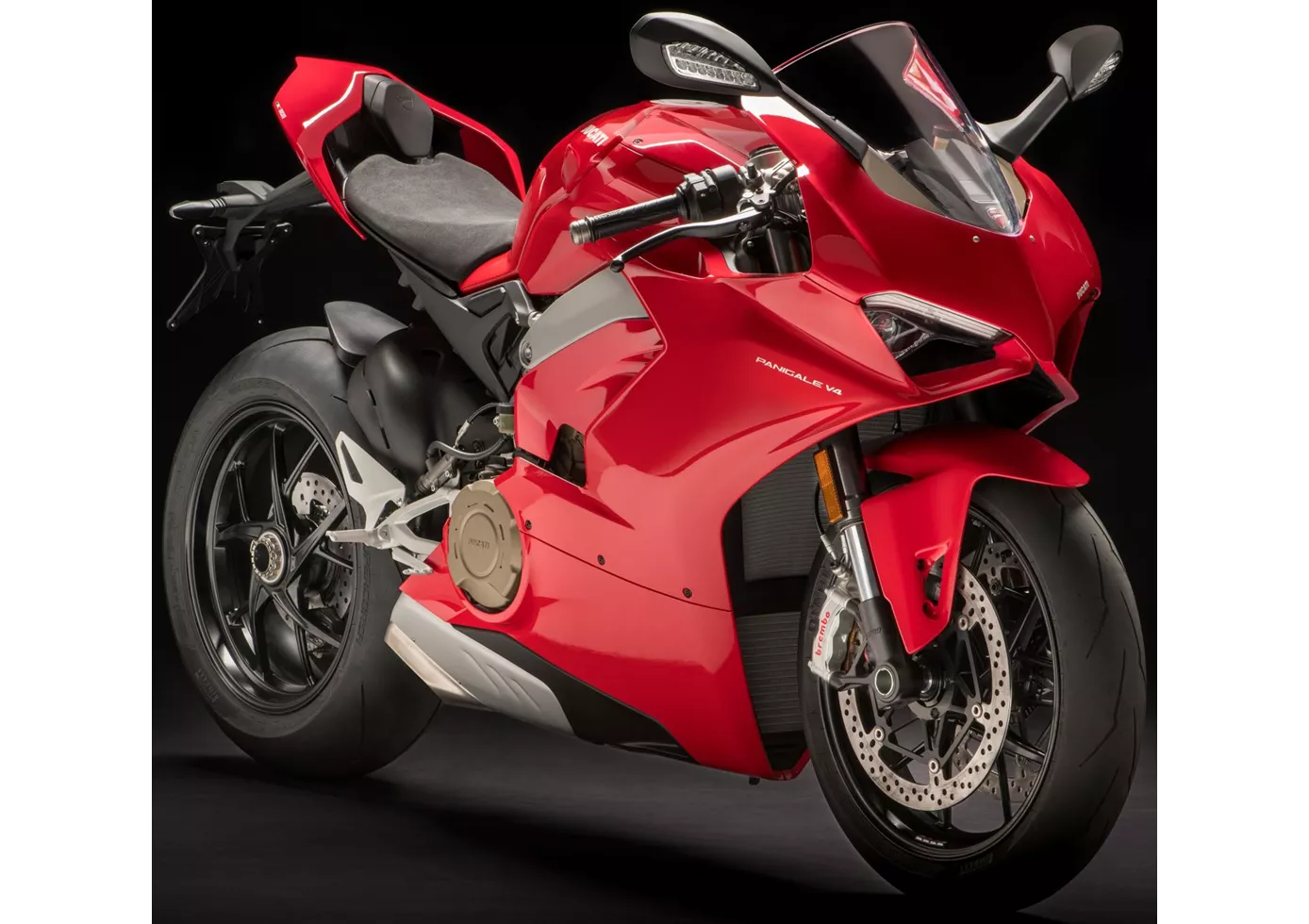
La version V4 millésime 2018 de la Panigale est devenue nettement plus accessible qu'auparavant. Le moteur, combiné au pack électronique, n'est certes pas encore aussi impeccable et stérile qu'un quatre en ligne, mais dans la pratique, c'est une véritable bénédiction pour les Ducatistes - et une bonne surprise pour les pilotes d'autres marques. Mais la Panigale V4 a également surpris par son confort de conduite supportable sur route et par son agréable niveau de stabilité. Le progrès est clairement allé dans la bonne direction. La nouvelle V4 est certes plus puissante et plus rapide, mais aussi plus facile et plus agréable à conduire.
Ducati 1299 Panigale S 2016
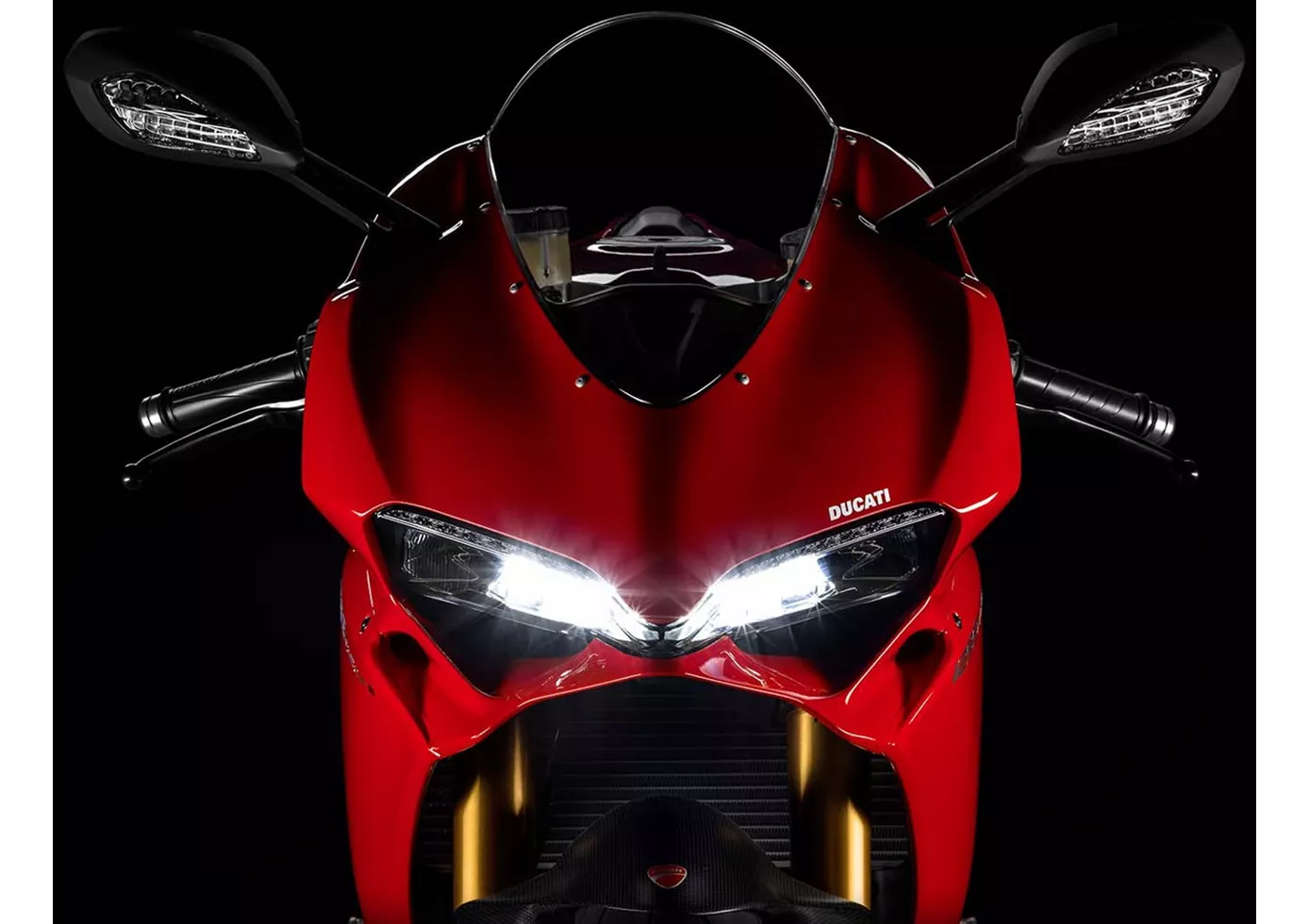
Avec son bicylindre vrombissant et son look divin, elle vole encore la vedette aux autres motos du paddock lors du déchargement. L'ensemble électronique semble parfait, mais le châssis est un peu trop radical. Le V2 ravira les fans, mais risque d'être trop exigeant pour les débutants.
Comparaison des prix Prix moyen du marché Ducati Panigale V4 vs Ducati 1299 Panigale S
There are a few key differences between a Ducati Panigale V4 2018 and a Ducati 1299 Panigale S 2016. In terms of price, the actual average price of a Ducati 1299 Panigale S 2016 is about 8% higher. A Ducati Panigale V4 2018 experiences a loss of 1,130 USD in one year and 2,480 USD in two years of ownership. This is offset by a loss of 120 USD and 20 USD for a Ducati 1299 Panigale S 2016. Compared to Ducati 1299 Panigale S 2016 there are more Ducati Panigale V4 2018 bikes available on the 1000PS.de Marketplace, specifically 5 compared to 4. It takes less time to sell a Ducati Panigale V4 with 91 days compared to 93 days for a Ducati 1299 Panigale S. Since model year 2018 1000PS.de editors have written 18 reviews for the Ducati Panigale V4 and 13 reviews for the Ducati 1299 Panigale S since model year 2015. The first review for the Ducati Panigale V4 was published on 11/5/2017 and now has more than 131,500 views. This compares to more than 44,500 views for the first review on Ducati 1299 Panigale S published on 11/3/2014.
